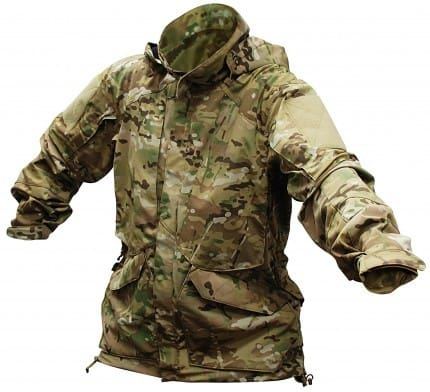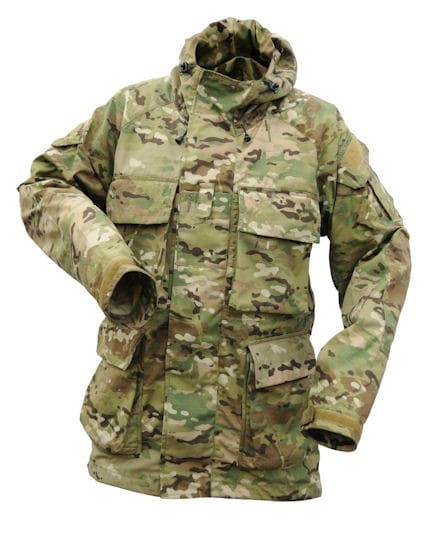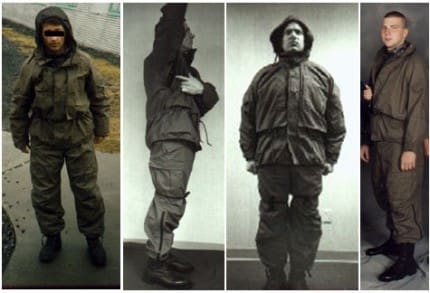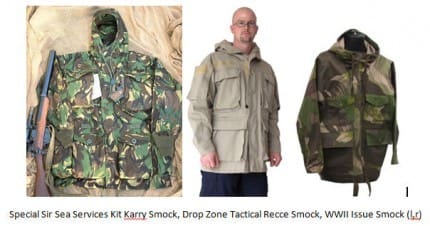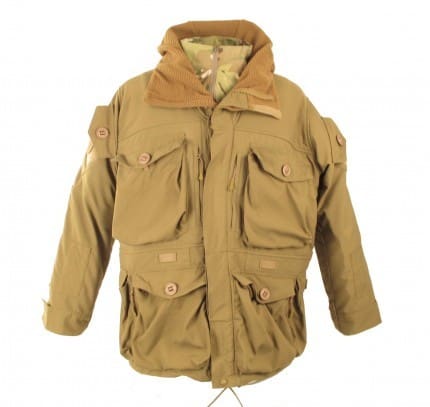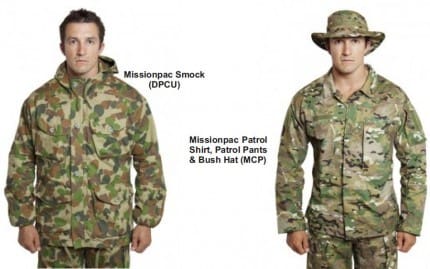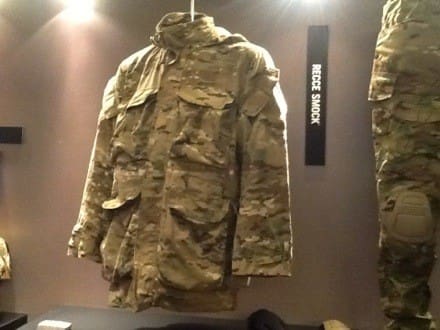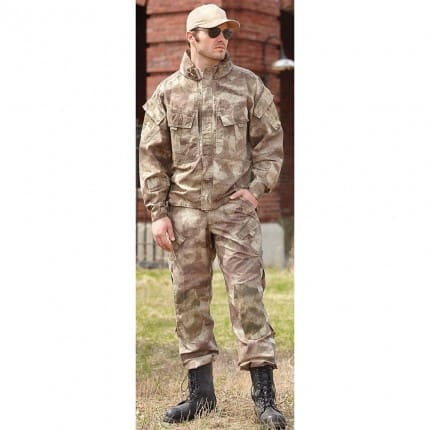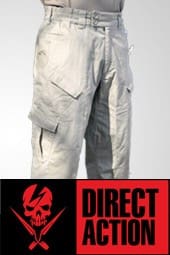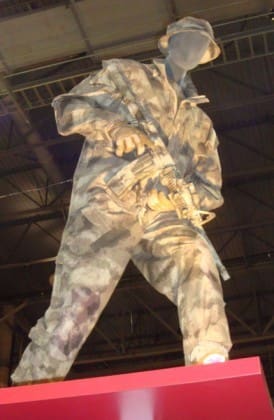I first published an article on the Smock last November. It’s getting cold outside and the time is now to get your hands on a Smock. This article isn’t the be-all-end-all word on Smocks, but it’s a good start.
Finally, the smock is beginning to gain some traction here in the US. We’ve written about them in the past, mentioning smocks from Drop Zone, the now defunct EOTAC, SOD Gear, Level Peaks, SORD, Vertx Vertx smock and the FirstSpear Squadron Smock. But, we’ve never really talked about them and explained what they are all about.
Even though we are slow to adopt, they are literally a concept unlike anything we have in the US. I’ve heard them compared to the M65 field jacket but that idea is simply uniformed. A smock isn’t just a coat.
Rather, the smock is much more than a simple jacket. In addition to use as clothing, the smock is also intended to carry much, if not all of the wearer’s fighting load. In fact, that was the point. They were originally envisioned to carry several days of combat equipment including rations, ammunition, and radios.
Primarily, the smock is a European concept and in particular, used by Commonwealth nations. I got my first SAS smock in 1989 in a trade for a poncho liner during an exercise in Belgium. Its use as an issue garment was traditionally restricted to Special Forces yet several nations have adopted it for general issue in one form or another. One example of a much watered down smock on general issue is the Canadian Army’s combat jacket. When this design was initially adopted in the 1960s it was envisioned that the Soldier would carry his ammunition and other fighting load components in the jackets pockets. What’s more, the British military now issues a Smock as a general purpose item.
There is very limited use of Smocks by US forces. During the early 1990s, an experimental clothing system called Battle Dress System (BDS) was developed by the US Army Special Operations Command. It was a layered clothing system that eventually became the Lightweight Environmental Protection sub-system of SPEAR. The outermost layer called the SOF BDU, was a solid grey combat jacket and over trouser. With its solid grey color the item was rejected due to institutional prejudice. When LEP was adopted, it was without the SOF BDU layer.
Issue items like the SAS Smock are pretty good, but commercial interests have taken them to a whole new level. Britain’s Special Air Sea Services has been manufacturing specialized variants of the smock since the 1980s. Other companies like Canada’s Drop Zone picked up the torch in the 90s and now, commercial items are more prevalent than the issue garment.
But, for me, the most ambitious smock project of late has been the FirstSpear Squadron Smock. I will be blunt. I love it. But, with it’s gridded fleece lined yoke, it’s a cold weather garment.
Smocks have made a lot of sense in Northern Europe where the cold wet climate requires layering. You see, as smocks are coat-like garments they are generally worn layered over shirts. In many climates the US military finds itself in, this would be too warm as a daily wear item. Rather, the US Army’s Extreme Cold Weather Clothing System in all three of its incarnations has offered various technical shells. It seems as if the US skipped the smock altogether, at least for a time. But, with the advent of the most modern smocks, new fabrics have been introduced into the design essentially making them softshells. Conversely, Australian Mission Pac has developed a MultiCam ripstop 100% Cotton Smock for use in warm climates.
Crye Precision debuted a warm weather Recce smock during SHOT Show 2012. Thus far, it has not been released for sale.
Other interesting concepts have been developed such as the Arktis SF Sleeveless Smock which looks like a hybrid between a smock and a 5.11 shooting vest.
Oftentimes, those with no experience with smocks will criticize the design. They don’t understand that use of a fully featured smock allows the reconfiguration of the load. For example, armor can be worn under the smock. Perhaps a chest rig may be required and perhaps not, but much of the items carried on the armor or in a pack can be carried in pockets, readily available.
With even more products hitting the market soon, smocks look to be making an indelible mark on the US market and as they become more and more prevalent, we will begin to see more widespread use, including on the battlefield. Think of the smock as yet another tool in the toolbox and use accordingly. Remember, it’s a tool, not the tool, and you’ll be ok.
-Eric Graves
The Editor
SSD
What’s your favorite Smock?


